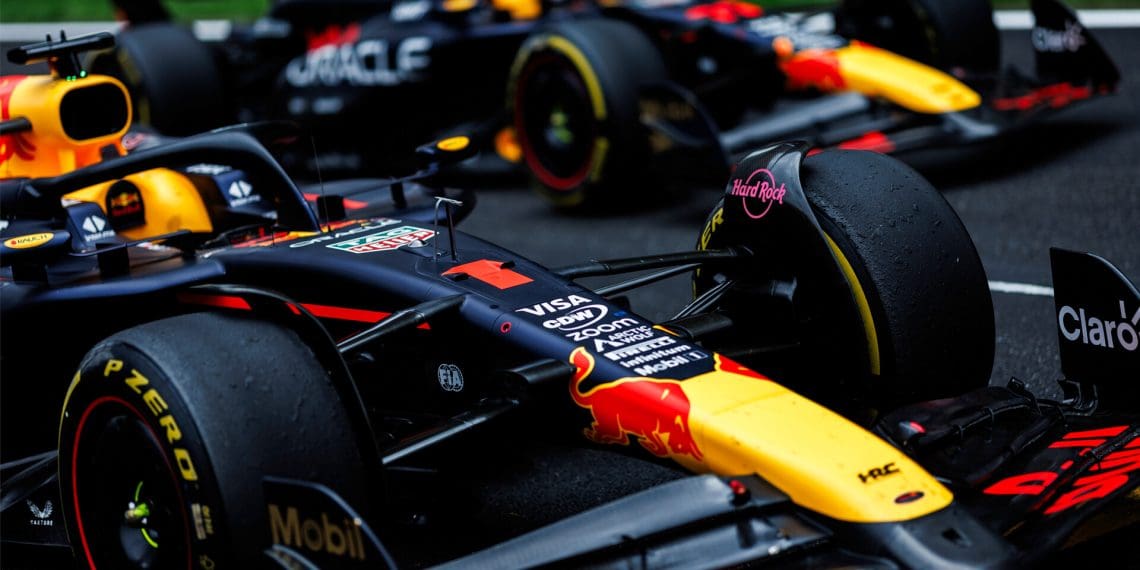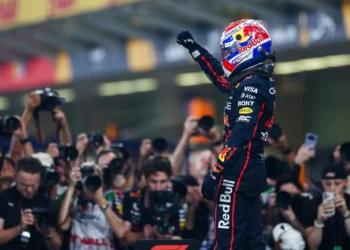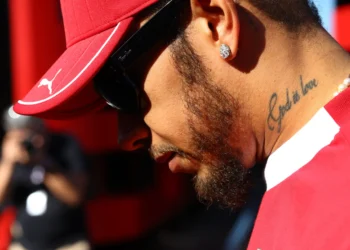After an utterly dominant 2023 Formula 1 season, where Red Bull’s RB19 secured 21 out of 22 race victories, the team entered 2024 with high expectations for their radical evolution, the RB20. Initially, the car seemed poised to maintain its supremacy, with Max Verstappen taking seven wins in the first ten races. However, a combination of factors—most notably a failed upgrade at Imola and a ban on their innovative “magic brake” system—saw Red Bull’s performance falter, allowing McLaren and Lando Norris to close the gap in the championship battle.
As the season progressed, McLaren’s vastly improved MCL38 emerged as a serious challenger, with Norris cutting Verstappen’s lead to 52 points with six races remaining. With three of those races featuring a sprint format, the title fight remains open, although Verstappen remains in a strong position to secure his fourth consecutive championship.
Red Bull’s struggles have been noticeable in recent races, but there have been signs of improvement. Slightly better performances in Baku and Singapore have given the team hope, and a significant upgrade planned for the upcoming US Grand Prix in Austin could prove crucial in helping Verstappen defend his title.
While Red Bull is focused on the immediate task of retaining the drivers’ championship, they must also manage their resources carefully as they look ahead to 2025 and the major regulation changes in 2026. Team Principal Christian Horner acknowledged the delicate balance Red Bull is striking between short-term and long-term goals.
“In this business, you’re always juggling, and you’ve got to put one foot in front of the other. You can’t project too far into the future. Long term in F1 is about two and a half months, and what we learn this year is relevant to next year,” Horner said, emphasizing the iterative nature of car development under the current cost cap constraints.
The 2025 car will be an evolution of the RB20, with many components likely carried over due to the cost cap, unless a significant performance gain justifies major changes. But 2026 poses an even greater challenge for Red Bull, as they prepare to become an F1 power unit manufacturer with the introduction of their own engines under the new regulations. The team’s Red Bull Powertrains division, created in partnership with Ford, has recruited 600 people and built a state-of-the-art factory to meet the demands of this new venture.
“It is by far our biggest challenge,” Horner admitted. “We’ve created a start-up business, aggressively recruited, built a factory, and brought a group of people together to work within a Red Bull culture that has been so successful on the chassis side.”
Despite the magnitude of this project, Horner is optimistic about the long-term benefits, noting that having both chassis and power unit engineers working side by side will create valuable synergies. “We’ve already seen the benefit and the difference of having chassis and engine engineers sitting next to each other as we start to integrate the ‘26 engine into the ‘26 car.”
While Red Bull is still in the hunt for the 2024 drivers’ championship, their hopes of retaining the constructors’ title are less certain. McLaren has surged ahead, currently leading by 41 points in the standings, leaving Red Bull potentially settling for second place. Nonetheless, the team remains focused on the future, both in terms of defending their F1 dominance and preparing for the monumental task of becoming a full-fledged power unit manufacturer in 2026.
With upgrades in the pipeline and a clear long-term strategy, Red Bull is preparing to tackle the challenges ahead—both on and off the track. But with McLaren nipping at their heels, the remainder of the 2024 season will be a crucial test of their resilience and adaptability.










